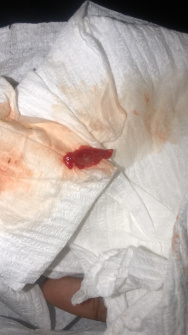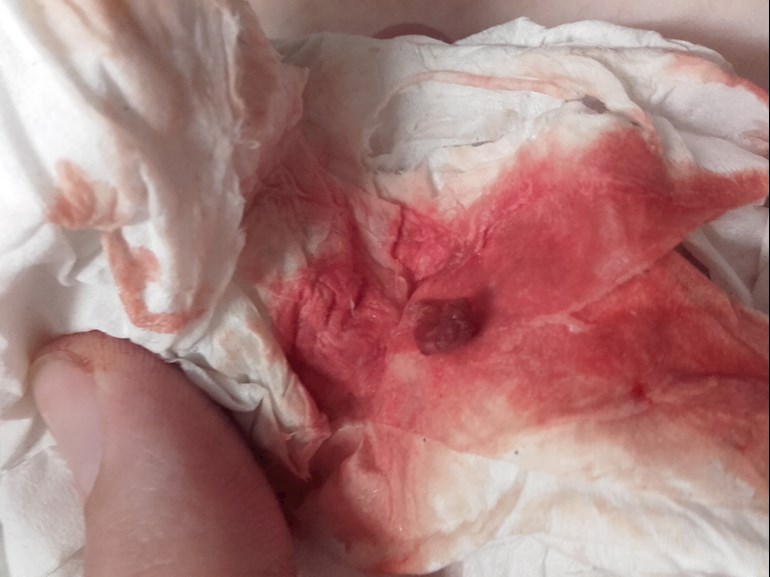Miscarriage Tissue

Uterine or cervical problems.
Miscarriage tissue. Most of the time a miscarriage that is incomplete at the time of diagnosis will run its course without further intervention. Recognize that you may be at risk of miscarrying if you have spotting or vaginal bleeding. A miscarriage in which only some pregnancy tissue passes from the vagina. If you ignore a possible miscarriage you could develop septic miscarriage which is a rare but serious uterine infection.
This is called expectant management. 5 types of miscarriage 1. A miscarriage is labeled incomplete if bleeding has begun and the cervix is dilated but tissue from the pregnancy still remains in the uterus. The tissue the fetus gestational sac and placenta from an early miscarriage may not be obvious to the naked eye.
Smoking alcohol and illicit drugs. Incomplete abortion or miscarriage a miscarriage is incomplete when a portion of the pregnancy tissue fetus or pregnancy sac and placenta has passed out of the uterus prior to 20 weeks gestation but some of the placental or fetus remains in the uterus. In a miscarriage that happens beyond 6 weeks more tissue will be expelled. Identifying the symptoms 1.
Spotting bleeding or other miscarriage symptoms when there is no miscarriage taking place. During a complete miscarriage your body passes all the pregnancy tissue. Women who smoke during pregnancy have a greater risk of miscarriage than do nonsmokers. Many women have bleeding.
Miscarriage symptoms may include. Many early miscarriages look like heavy menstrual periods. If you have a miscarriage in your first trimester you may choose to wait 7 to 14 days after a miscarriage for the tissue to pass out naturally. If the pain and bleeding have lessened or stopped completely during this time this usually means the miscarriage has finished.
Call your physician or go to the emergency room if tissue fluid or what appears to be clumps of blood come out of. Take note if you experience.
/what-does-an-early-miscarriage-look-like-2371235_FINAL-3bd3a25d94e24ad4823d74eef739f4e4.png)







/how-to-determine-whether-you-are-having-a-miscarriage-2371261_FINAL-a6bebec7b81342209a8e06de20c145ed.png)









